The idea of getting a colonoscopy can be a little daunting.
It's all right if you're worried about the procedure — that's a totally natural feeling! I get super nervous for even the simplest, safest procedures, so I completely understand.
However, colonoscopies are incredibly important procedures, particularly after age 50. There are also other reasons to get them before that milestone, but the main reason is to screen for colon cancer. Colon cancer stems from polyps, and polyps are easily removed during a colonoscopy.
As long as you know what you're in for, the whole process can be much more manageable. There are very specific steps for colonoscopy prep, and you should always have an in-depth conversation with your doctor about what exactly you need to do.
After you've scheduled an appointment with your doctor, these nine things can help with your colonoscopy prep to make sure that you walk in totally ready!
Please SHARE with your family and friends on Facebook, as a colonoscopy can save someone's life!
1. Your Diet Has To Shift A Few Days Beforehand
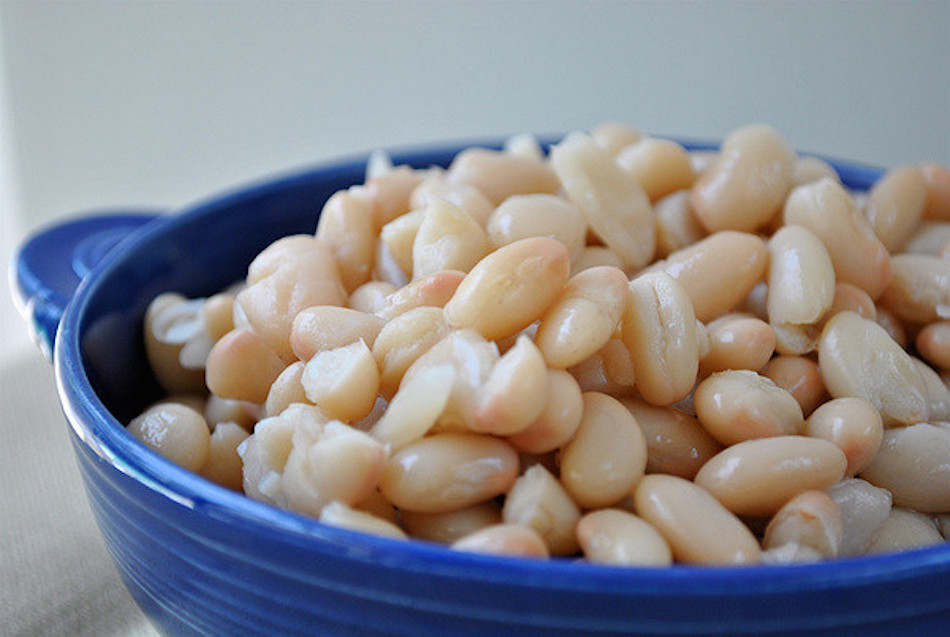
According to Harvard Medical School, you're going to need to change your diet a few days before your scheduled colonoscopy, cutting out high-fiber foods like whole grains, nuts, seeds, fruits, and vegetables. No more beans!
The day before the exam, no solid foods should be consumed at all, only what are considered clear liquid foods. These include gelatin, black coffee, clear juices like apple or white grape, and clear soup broths. Two hours before your procedure, you should fast entirely. But of course, as always, consult your doctor.
2. The Actual Procedure Only Takes About 30 Minutes
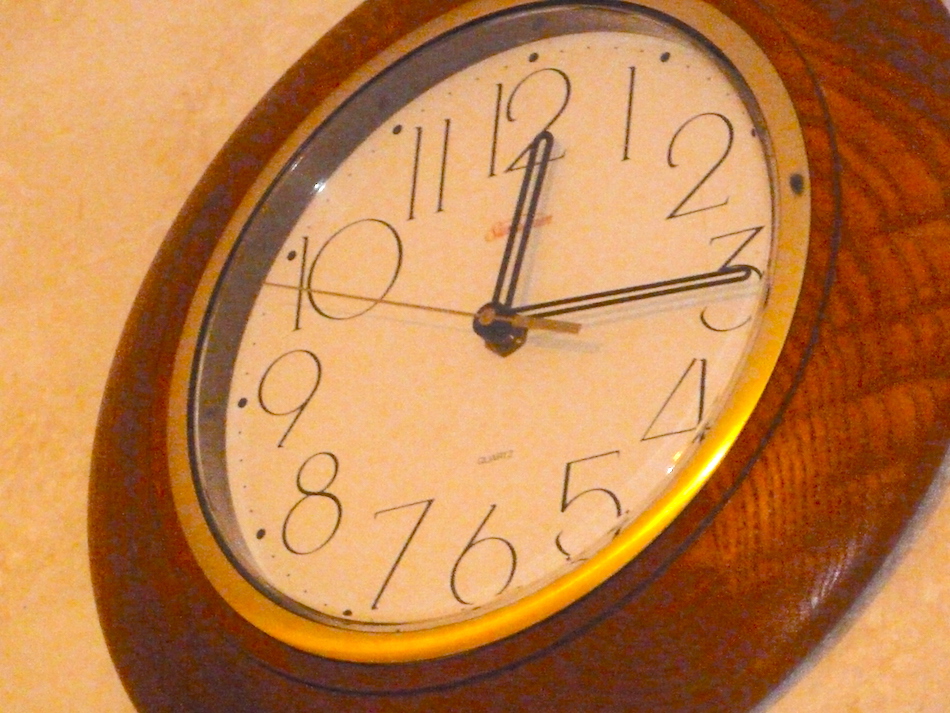
According to Cleveland Clinic, the actual procedure usually only takes a quick 30 minutes. However, if there are polyps to remove, it will take a bit longer.
3. Different Doctors Use Different Sedative Methods
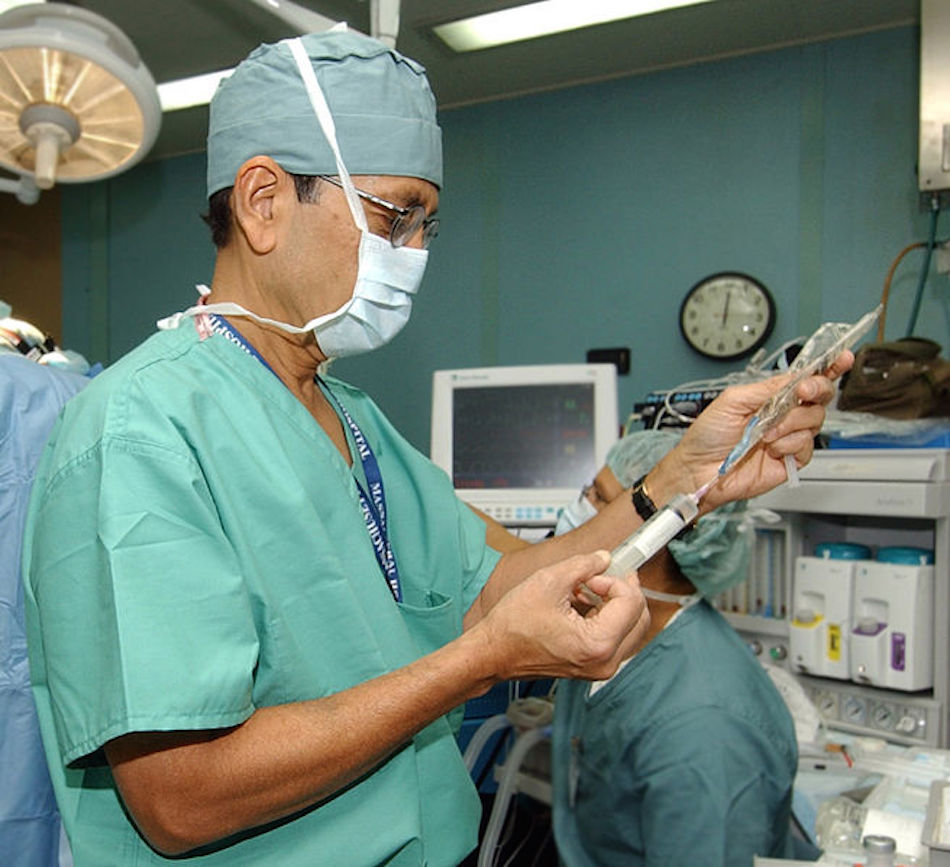
Cleveland Clinic also points out that some doctors prefer for their patients to be awake for the procedure with a minor sedative so that they can help out with the procedure by turning or holding their breath. Other doctors prefer for their patients to be completely under anesthesia, while others will even do the procedure with no sedative at all.
You should talk to your doctor about which method you (and they) would prefer, and go through the pros and cons with him or her.
4. You May Not Need A Full Colonoscopy

A colonoscopy looks through your entire colon, while sigmoidoscopies, proctoscopies, and anoscopies all look at shorter lengths of your lower digestive tract.
If you are screening for cancer, the full colonoscopy is always a good idea, but if you are having other issues, like some light bleeding, inflammation, or hemorrhoids, ask your doctor if one of these slightly less invasive procedures would be better for you. An anoscopy doesn't even require any preparation.
5. There Are Ways To Soothe Yourself During Prep
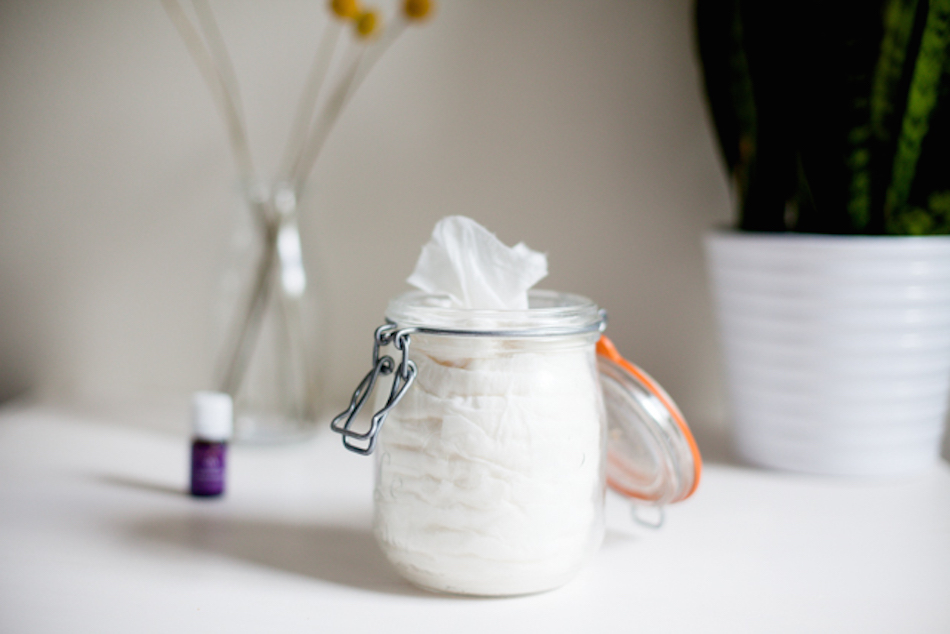
Prepping for a colonoscopy is never fun, and there's no way around it. But it's important to completely clear your colon for the procedure.
You can make it more manageable by having some soothing wet wipes on hand or some Vaseline.
You just have to remember that this colon-clearing prep and procedure could literally save you from cancer. It's a necessary evil, and it will all be over before you know it!
6. There Are A Number Of Different Prep Methods
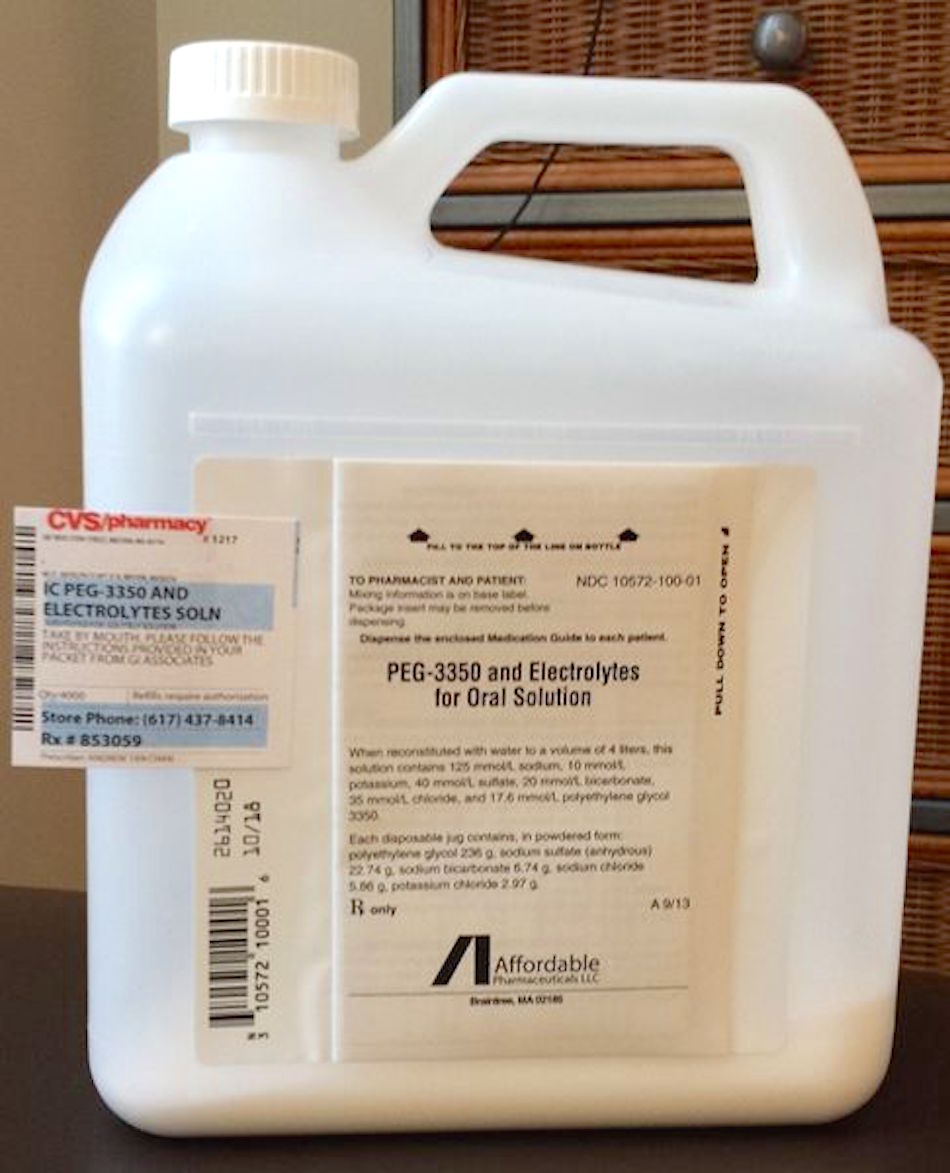
According to StopColonCancerNow.com, there are a number of colon-clearing methods that you should discuss with your doctor.
Polyethelene glycol (PEG) is a salty solution of which you need to drink four liters. Some people don't mesh well with the saltiness. This method is, however, low risk as it's electrolyte balanced.
Oral sodium phosphate (OSP) is similar, but you only need eight ounces. This also comes in tablet form.
Magnesium citrate (a laxative) taken with fluids has some side effects, but you don't have to drink any massive amount of solution.
With all of these methods, the key is to stay hydrated!
7. You Will Need Privacy Beforehand
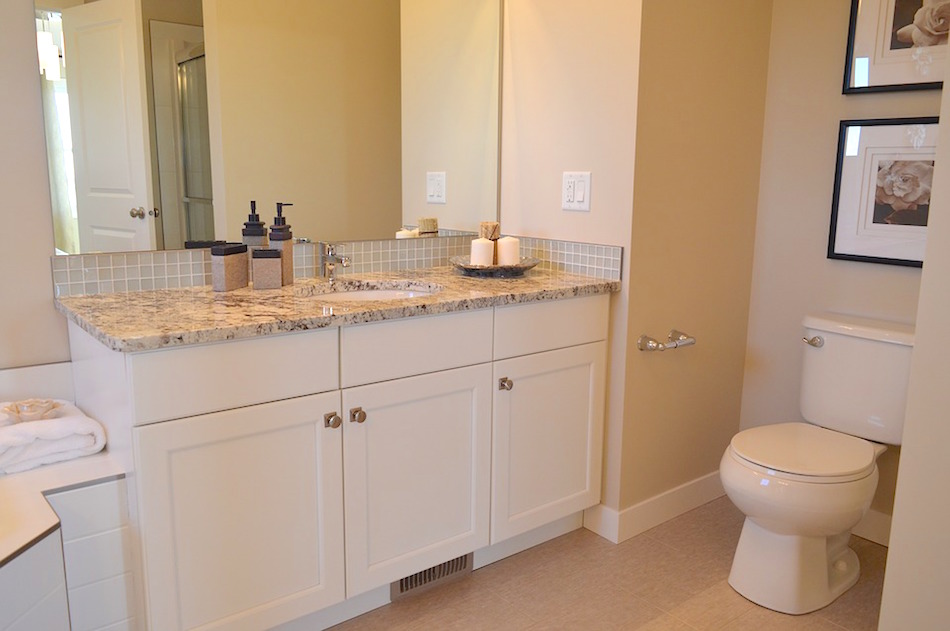
When you are prepping your bowels, make sure you have the privacy that you need in your own home to do so.
Absolutely, under no circumstances, should you try to do this while working. It just will not go over well. If you need to get a babysitter or get someone to care for anyone you're responsible for, definitely set that up far in advance.
8. Be Prepared For A Little Pump Of Air
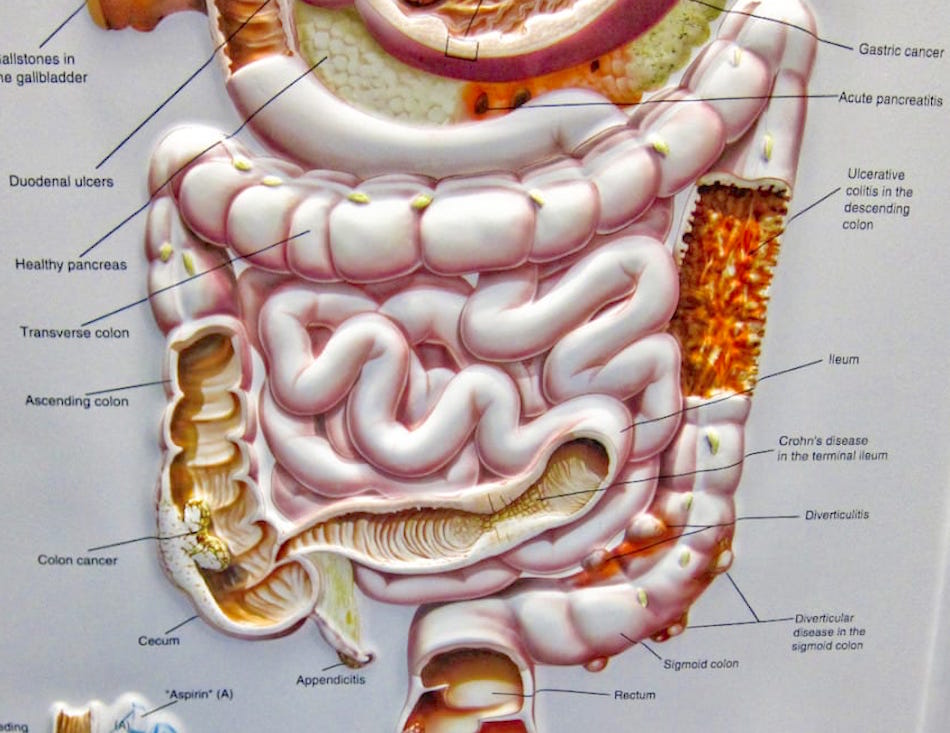
Once it is time for the actual procedure, the doctor will need to pump air into your colon in order to see it. You may feel a bit of cramping, but that will subside soon after the procedure is finished, as it's just a little bit of extra air in your colon.
9. Recovery Will Vary

Depending on what kind of sedative your doctor used, your recovery time will vary, according to the Mayo Clinic.
With a heavy sedative, it can take up to a full day, but with lighter ones, it may be more like an hour. You will need to plan a ride home in advance because you won't be able to operate a vehicle. Even if you used no sedative, it's still a good move to get someone to drive you home, because you may still feel some discomfort.
If you had polyps removed, you may be required to follow a special diet. Make sure you and the person there to drive you home know exactly what the aftercare instructions are, down to every detail.
It's OK to be nervous about a colonoscopy, but if you are prepared, there's no need to be afraid of one. It can save your life!
Please SHARE this important information with your family and friends on Facebook!




